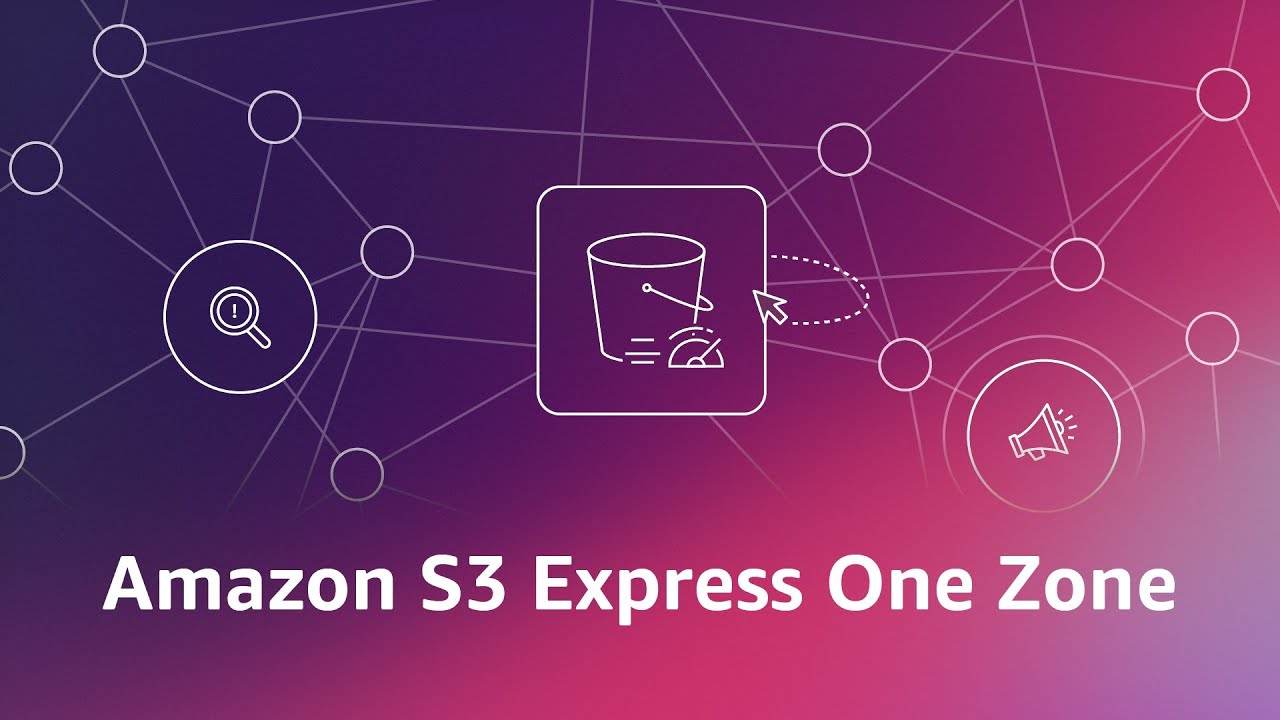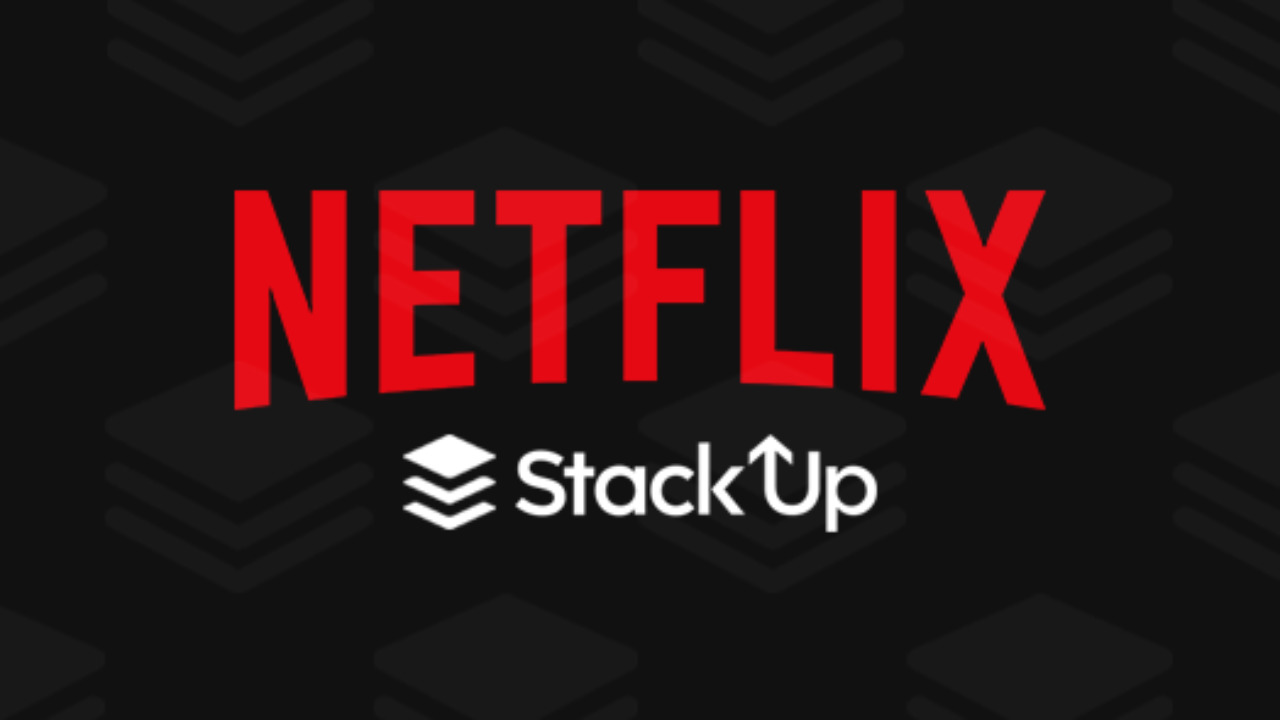In a major announcement at its annual re:Invent conference in Las Vegas, Amazon AWS has introduced a significant update to its S3 object storage service. The new offering, known as AWS S3 Express One Zone, is a high-performance and low latency tier designed to provide a 10x improvement in write speeds compared to the standard S3 service.
Key Takeaway
AWS has launched S3 Express One Zone, a new tier within its S3 object storage service that promises 10x faster write speeds compared to the standard S3 service. This offering is designed to provide improved performance for data-intensive applications, with particular benefits for use cases involving a large number of small files. In addition to enhanced performance, AWS is offering cost savings with a 50% lower request cost. The launch of S3 Express One Zone reflects AWS’s commitment to continuously improving its cloud offerings and meeting the needs of its customers.
Enhanced Performance for Data-Intensive Applications
AWS is positioning S3 Express One Zone as a solution that will deliver a substantial performance boost for data-intensive applications. This includes activities such as AI/ML training, financial modeling, and high-performance computing. With its low-latency access, One Zone is particularly well-suited for use cases where applications need to access a large number of small files. In fact, AWS claims that One Zone can read these small objects up to 10 times faster than its S3 Standard counterpart.
Lower Pricing and Cost Savings
Aside from improved performance, AWS is also promising cost savings with S3 Express One Zone. The company states that customers can enjoy a 50% lower request cost compared to other tiers. This makes S3 Express One Zone an attractive option for businesses looking to optimize their cloud storage costs while maintaining high performance.
Under the Hood: Changes for Enhanced Capabilities
To enable the enhanced capabilities of S3 Express One Zone, AWS has made specific changes to its backend infrastructure. This includes implementing a new bucket type and authentication model for accessing the service. Additionally, the naming scheme for resources associated with One Zone has been slightly modified.

























